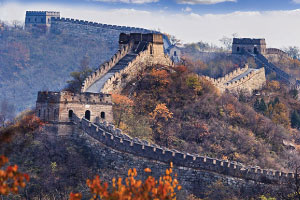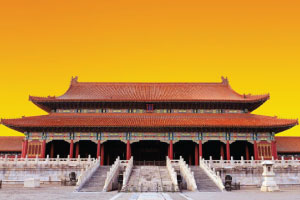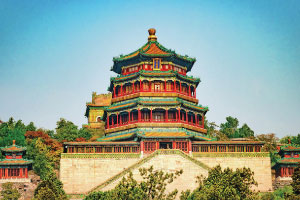Venue
Location
Venue : Corus Hotel Kuala Lumpur
Address:
Persiaran Hampshire, Jalan Ampang, 50450 Kuala Lumpur, Wilayah Persekutuan Kuala Lumpur, Malaysia +60 3-2161 8888

Mutianyu Great Wall
Connected to Gubeikou in the east
and Juyongguan in the west, this section of the Great Wall has served as a military
stronghold for the defense of the capital since ancient times. Renowned watchtowers like
Zhengguantai, Dajiaolou, Yingfeidaoyang, Jiankou, and Beijingjie hold significant
historical and cultural value. Embraced by mountains, the Great Wall boasts a remarkable
98% greenery rate, offering breathtaking scenery.
Mutianyu, celebrated for its
stunning views, stands as a Ming Dynasty Great Wall highlight. With features like fresh
air, side embrasures, unique guard towers, numerous watchtowers, a strong
three-dimensional presence, and internal and external branches, Mutianyu is a
captivating destination. The tourist area includes amenities such as the Closed Tram,
Speed Slide, China Dream Stone City, Great Wall Hotel, and Yisonglou Restaurant,
providing a well-rounded and fully equipped experience.
Forbidden City-The Palace Museum
Comprising over 9,000 rooms and spanning 250 acres, this expansive palace complex was constructed in the 15th century and underwent substantial renovations and restoration in the 18th century during the Qing Dynasty.


Summer Palace (Yiheyuan)
The Summer Palace served as the summer retreat for the royal family of the Qing dynasty. Occupying three-quarters of its expanse is water, complemented by hills and palaces. Renowned as the world's longest corridor, the Long Corridor captivates with its straight alignment from the Moon Inviting Gate, transforming into a winding marvel resembling a wonderland. Alongside this architectural marvel, a picturesque lake unfolds on the right side of the Long Corridor.
Temple of Heaven
Constructed in 1420, encompassing a vast expanse of 270 acres, this constitutes China's most expensive structure dedicated to religious worship. Initially commissioned for use by the Ming and Qing emperors, the purpose was to offer reverence to Heaven and seek blessings for a prosperous harvest in the coming year.


5. Tiananmen Square (Tiananmen Guangchang)
Situated in the central region of contemporary China and renowned for hosting extensive parades and gatherings, this location holds historical significance. In 1949, Chairman Mao declared the establishment of the People's Republic of China from a platform on the Gate of Heavenly Peace, marking a pivotal moment in history.
Visa-Free Countries for China
China has specific visa-free policies for certain countries and regions. Here are the key categories:
15-Day Visa-Free Policy:
- Singapore
- Brunei
- Japan
72/144-Hour Visa-Free Transit Policy: Certain nationalities can transit through Beijing and other select cities for 72 or 144 hours without a visa, provided they have a confirmed onward ticket to a third country. This policy applies to citizens from countries such as:
- United States
- European Union countries
- Canada
- Russia
- New Zealand
- South Korea
Special Administrative Regions:
- Hong Kong and Macau passport holders can enter China visa-free for up to 14 days.
Nearby International Airports to Ramada by Wyndham Beijing Airport
Beijing Capital International Airport (PEK)
- Distance: Approximately 6 kilometers
- Travel Time: Around 10-15 minutes by car
- Details: The primary international airport serving Beijing, with extensive international and domestic flight connections. It is very close to the Ramada by Wyndham Beijing Airport
